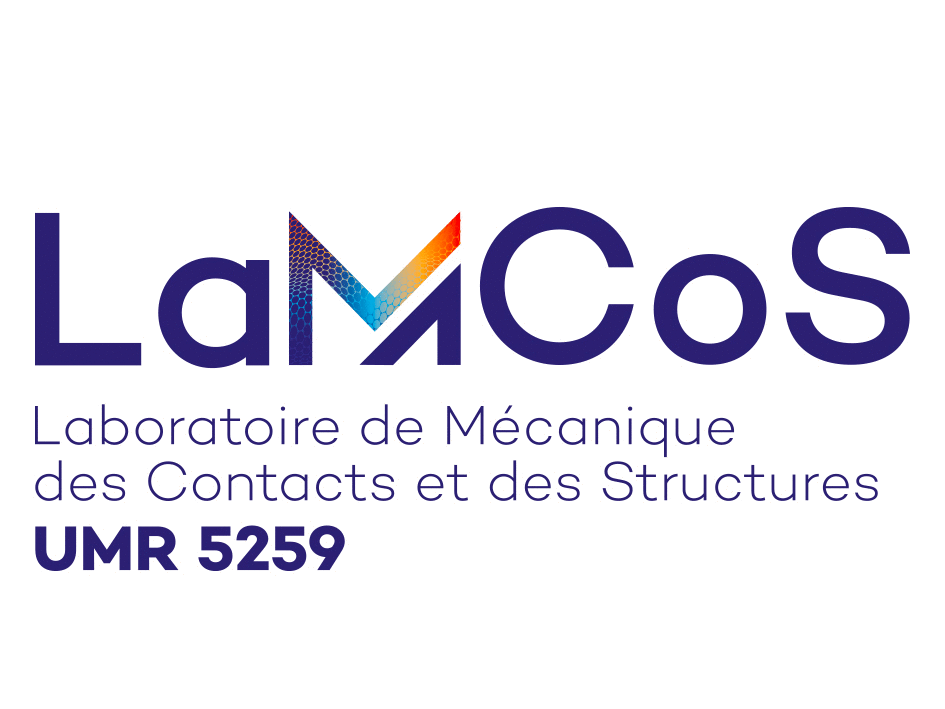Innovative manufacturing and surface treatment processes for metals and polymers
Process simulation is particularly important in industry, as it helps to optimize procedures, reduce costs and speed up the development or design of new parts. However, the numerical tools available to perform this type of simulation are still rare, and limited to a few materials with well-known thermomechanical properties. In many cases, microstructure evolves with time and temperature (phase change; grain size increase or decrease; dissolution or nucleation, then growth and coalescence of precipitates). Microstructure plays a key role in the movement of dislocations, which ultimately influence the (thermo-visco)-elasto-plastic behavior of metallic materials and alloys. The Multimap team's work focuses on identifying the mechanical behavior of these materials after a rapid thermal transient (such as welding or coating), using a range of experimental devices (traction machine with induction heating, traction-torsion machine with Joule heating, Glebble). In parallel, the team develops predictive models which are then coupled to finite element models (via the development of the Preciso code in collaboration with Mateis).
Research activities focus on modeling and numerical simulation of processes in the plastics and plastronics industries. The aim is to optimize conventional polymer shaping processes (extrusion, injection, thermoforming, etc.) or those currently undergoing rapid development (additive manufacturing processes), and to improve the quality of the parts produced (controlled microstructure, dimensional stability, effects of raw material recycling, etc.). The work is based on the use of existing numerical codes (implementation of thermomechanical behavior laws adapted to polymer and composite materials) or the development of specific codes to explore the effects of thermomechanical couplings and process conditions on the geometric and structural characteristics and induced properties of parts. Numerical results are correlated with experimental data by means of 2D and 3D imaging (X-ray microtomography, X-ray scattering). These research activities are also supported by the experimental platform of INSA Lyon's Plasturgie site in Oyonnax.
Research activities focus on modeling and numerical simulation of processes in the plastics and plastronics industries. The aim is to optimize conventional polymer shaping processes (extrusion, injection, thermoforming, etc.) or those currently undergoing rapid development (additive manufacturing processes), and to improve the quality of the parts produced (controlled microstructure, dimensional stability, effects of raw material recycling, etc.). The work is based on the use of existing numerical codes (implementation of thermomechanical behavior laws adapted to polymer and composite materials) or the development of specific codes to explore the effects of thermomechanical couplings and process conditions on the geometric and structural characteristics and induced properties of parts. Numerical results are correlated with experimental data by means of 2D and 3D imaging (X-ray microtomography, X-ray scattering). These research activities are also supported by the experimental platform of INSA Lyon's Plasturgie site in Oyonnax.
